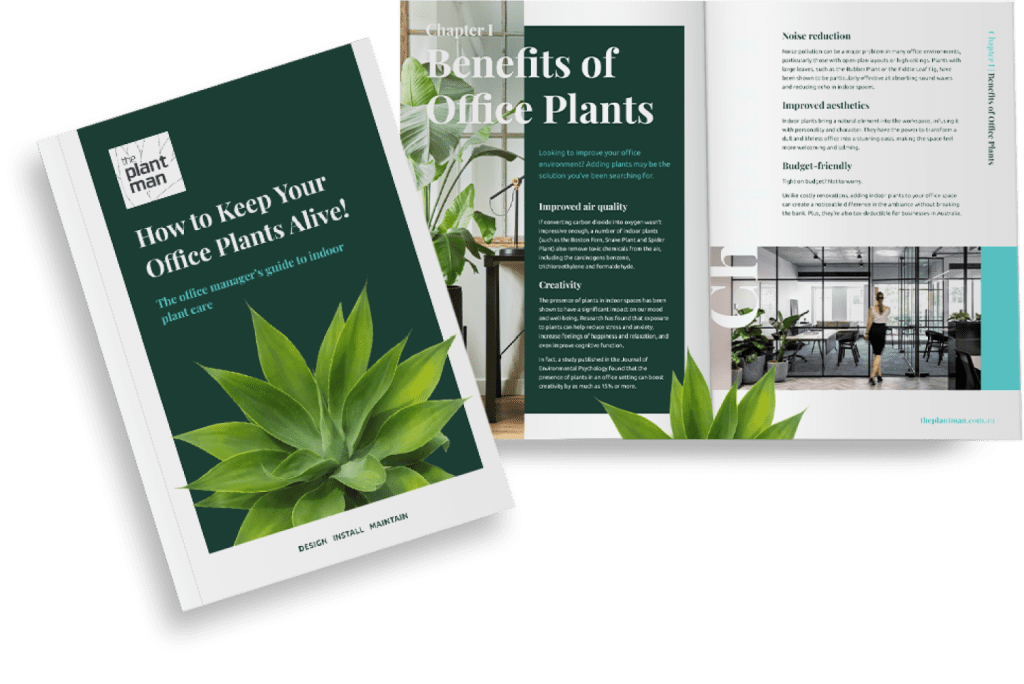As the seasons change, many of us are prone to experiencing various allergies, and indoor plants can sometimes exacerbate these symptoms. However, there are numerous low allergy plants that can help improve indoor air quality, reduce allergens and create a healthy living space.
In this article, we will be discussing six such allergy-friendly indoor plants that bring the outdoors in while also offering plenty of benefits for your physical and mental health. So, whether you have allergies or simply want to create a more comfortable and healthy living environment, here’s our list of some of the best plants that are good for allergies.
1. Golden Pothos
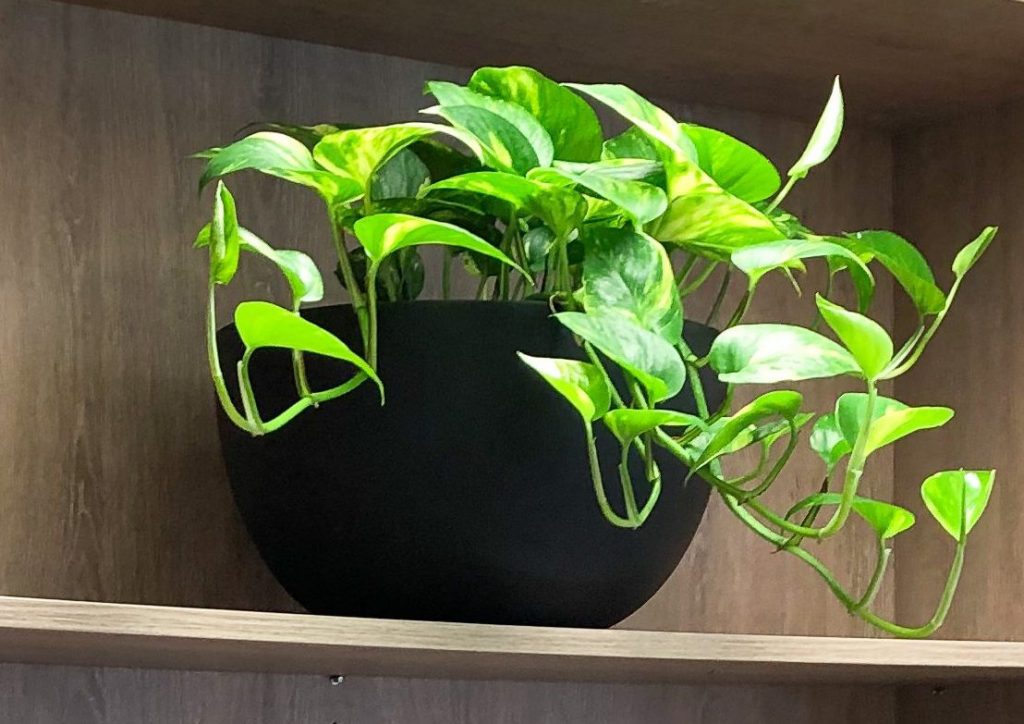
The Golden Pothos is an excellent choice for anyone looking for a low-maintenance indoor plant that not only adds a touch of greenery to their space but also improves indoor air quality. This plant is also commonly known as Devil’s Ivy, due to its ability to thrive in a wide range of conditions, including low light and neglectful watering.
What’s more, the Golden Pothos is one of NASA’s top recommended plants for reducing indoor air pollution caused by formaldehyde. This is one of the main reasons why indoor plants are so good for allergies as formaldehyde is a common indoor air pollutant found in a variety of household items, including furniture, carpets, and cleaning products. Prolonged exposure to formaldehyde can lead to irritation of the mouth, nose, and throat, which can be particularly challenging for allergy sufferers.
Incorporating the Golden Pothos into your home or office space can be a godsend for individuals with allergies, especially those who are sensitive to indoor air pollutants. Not only does it help purify the air, but it also adds a pop of greenery and can boost your mood and productivity.
2. Philodendron
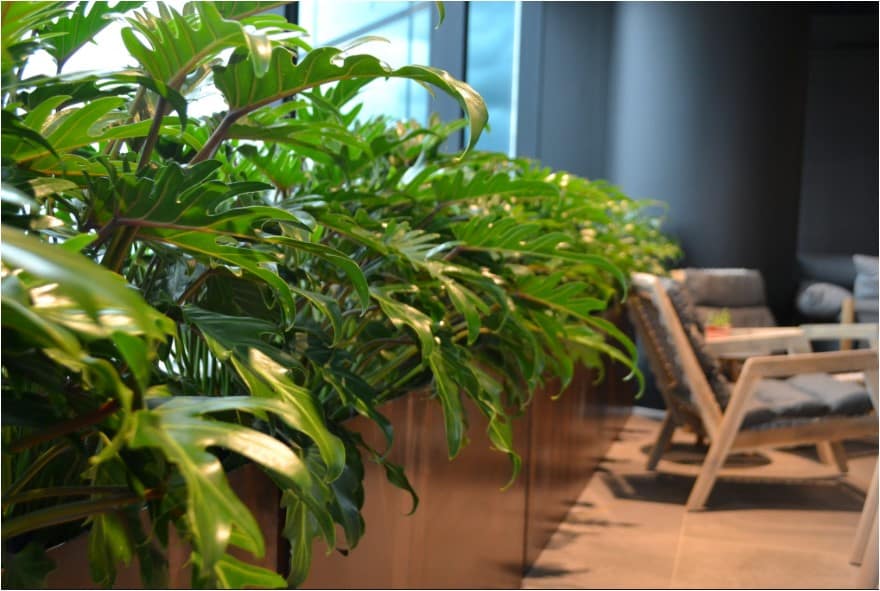
Philodendrons are another great allergy-friendly indoor plant that can help improve indoor air quality by filtering out formaldehyde, one of the most common indoor air pollutants. In addition to its air-purifying properties, the Philodendron is also known for its stunning green foliage, making it a popular choice for home and office decor.
Not only is this plant visually appealing, but it is also very easy to care for, making it a low-maintenance option for those who are new to plant care or don’t have much time to dedicate to it. It’s a versatile plant that can thrive in various lighting conditions, making it an excellent choice for rooms with low light or indirect sunlight.
For individuals who are particularly sensitive to formaldehyde, placing a Philodendron near furniture that may be emitting the pollutant can be especially helpful. The plant’s ability to absorb and filter formaldehyde can help reduce the amount of the pollutant in the air, which can lead to improved respiratory health and a reduction in allergy symptoms.
3. Arcea Palm (Chrysalidoarpus lutescens or Dypsis lutescens) – aka Golden Cane Palm
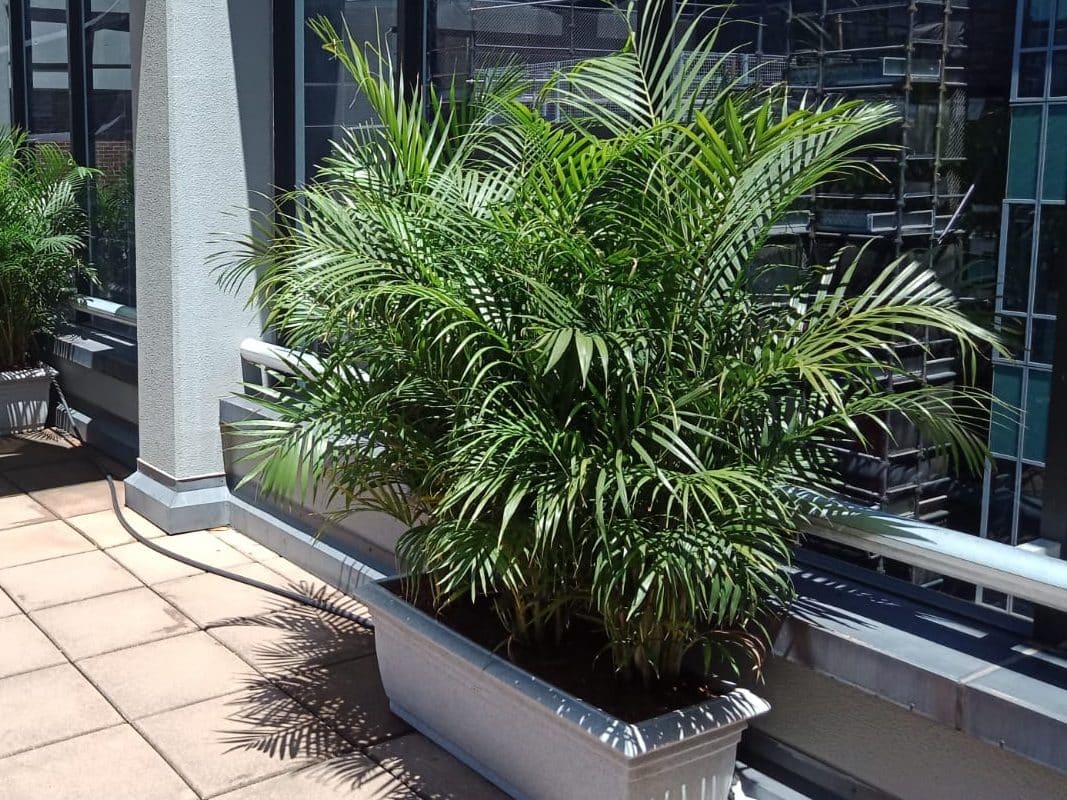
The Areca Palm is a remarkable allergy-friendly plant that has been proven to be the number one air purifier by the American National Institute of Health’s 2011 study. This plant is an excellent choice for those looking to improve the quality of indoor air as it has exceptional air-purifying abilities.
The Areca Palm is particularly effective at removing formaldehyde, carbon monoxide, xylene, and toluene from the air. It uses its large leaves to trap allergens and filter toxins, making it an ideal choice for individuals with allergies or respiratory issues. As an added bonus, the Areca Palm can act as a natural humidifier, increasing the amount of water vapour in the air, which can help reduce nasal irritation and congestion, further improving allergy symptoms.
4. Dracaena (Janet Craig)
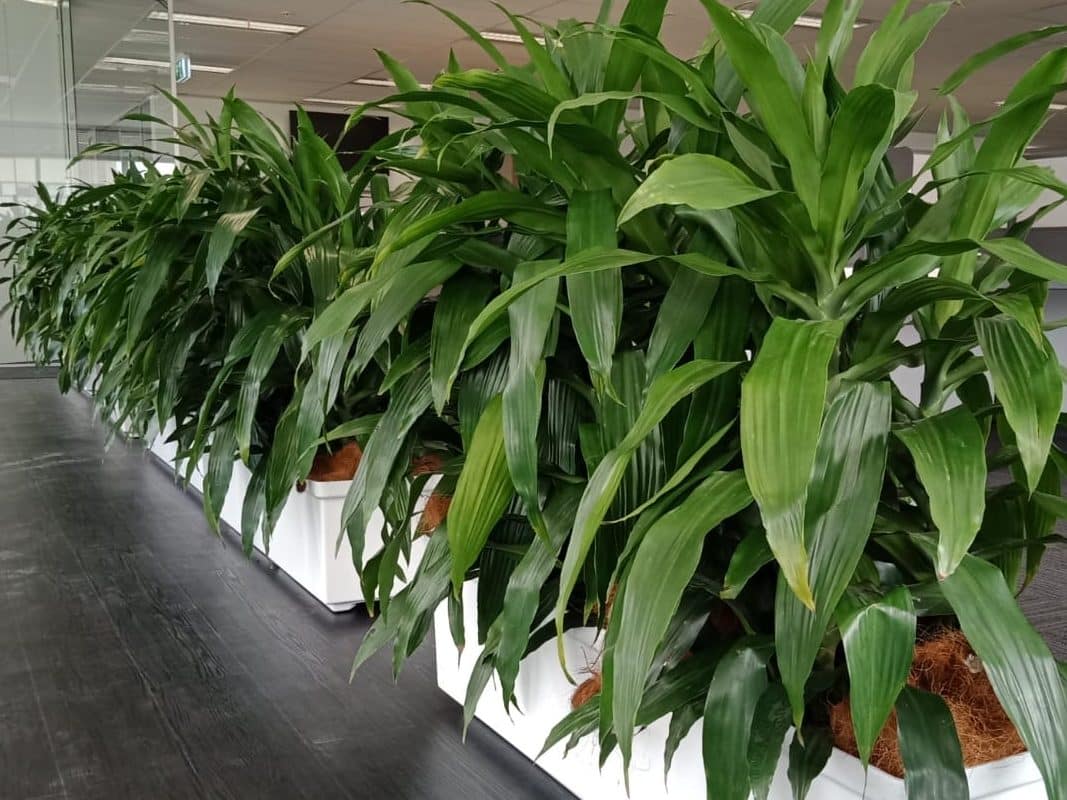
Dracaena, also known as the “Janet Craig,” is an indoor plant that is highly effective in removing allergens and gases that can exacerbate allergies. This plant has been studied by the NASA Clean Air Study, which confirmed its ability to remove benzene, formaldehyde, and trichloroethylene from the air. Dracaena can also absorb carbon monoxide, making it a great choice for improving indoor air quality.
The Dracaena’s air-purifying properties make it an excellent option for allergy sufferers who are looking for ways to reduce their exposure to airborne allergens. The plant’s ability to filter out pollutants and toxins can help alleviate allergy symptoms such as nasal congestion, sneezing, and itchy eyes.
One of the best things about the Dracaena is its low-maintenance nature, making it a great option for those who don’t have much time to dedicate to plant care. This plant can tolerate a bit of neglect and is very forgiving, making it an ideal choice for beginners or individuals who don’t have a green thumb.
5. Spider Plant
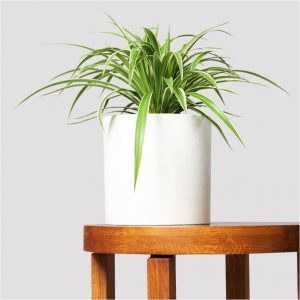
The Spider Plant is an indoor plant that is not only great for beginners, but also a great option for individuals who suffer from allergies. This allergy-friendly plant is known for its durability and low maintenance requirements, meaning it can absolutely still flourish under the care of someone who does not have a lot of experience with plants.
The Spider Plant is highly effective in removing toxins from the air, including carbon monoxide, formaldehyde, xylene, and benzene. This makes it an ideal choice for individuals who are looking to improve their indoor air quality and reduce their exposure to harmful pollutants. In addition to its air-purifying properties, the Spider Plant also absorbs harmful moulds and allergens from the air, making it an excellent option for individuals who suffer from dust allergies.
6. Peace Lily
The Peace Lily is a classic indoor plant that is known for its striking appearance and air-purifying properties. Its iconic large white petals and glossy green leaves make it particularly popular amongst those who are looking to add a touch of elegance to their indoor space.
This plant is highly effective in removing toxins such as formaldehyde, benzene, and trichloroethylene from the air. It has also been found to remove PCE, which is a chemical commonly found in dry cleaning solutions. The Peace Lily is able to achieve these air-purifying results through its ability to absorb pollutants through its leaves and root system.
In addition to its air-purifying properties, the Peace Lily is also known for its ability to increase the humidity levels in a room. This can be especially beneficial for individuals who suffer from allergies, as dry air can exacerbate symptoms such as nasal irritation and congestion.
One thing to note is that the Peace Lily is toxic to pets if ingested, so it may not be the best choice for households or offices with cats or dogs. However, with proper care and attention, the Peace Lily can be a beautiful and effective addition to any indoor space.
Looking to improve the air quality in your home or office with allergy-friendly indoor plants? Say goodbye to indoor air pollutants and hello to fresh, clean air by contacting The Plant Man to speak to us about our indoor plant hire and maintenance services! Contact us today to get started.
